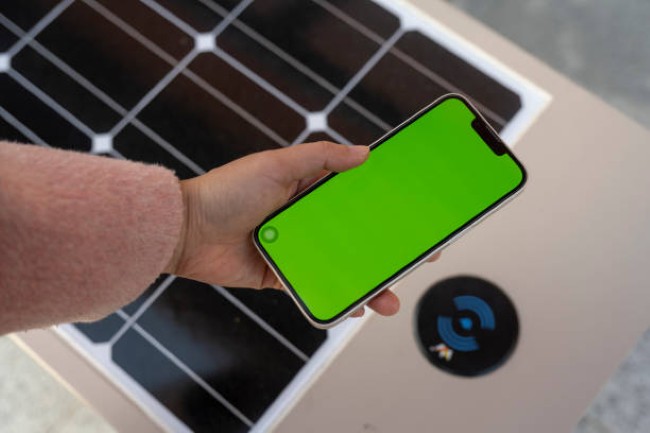
Solar chargers are another option to charge your cell phone even when you're away from the power grid. Solar phone chargers can be utilized anywhere and can be used in a way that is environmentally-friendly and comfortable.
Many solar chargers are built into power banks and are perfect for camping and any other outdoor activities. They're light and easy to fold up for easy storage.
Solar Power to Charge your phone
Camping and hiking can be a nightmare if your mobile device dies. Solar phone chargers harness renewable energy in order to power up your phone. It allows the user to be connected throughout excursions and trips. Check out https://amanz.my/201473166/ to get more info about solar powered cell phone chargers.
Jackery's solar charging kits are specifically designed for those who love to be outdoors and allow you to charge your devices without relying on grid energy. The majority of portable solar power generators feature the ability to charge via a pass-through port so you can recharge both the solar charger as well as your USB device simultaneously.
A solar power bank uses Lithium-ion batteries in the internal battery to store electricity from sunlight, and a voltage regulation circuit makes sure that the power source is secure for the use of cell phones and other gadgets. Certain models include the compass, as well as 2 strong LED flashlights. This makes perfect for camping and walking. They're made of durable and reliable ABS+PC+Silicone materials to protect them against the elements like rain, dirt and drops. These are compact enough to carry inside a bag or backpack.
Getting Started
If you're out and about, camping or hiking, the battery of your smartphone fully charged could make a huge difference. It's the reason the reason why a solar phone charger can be so useful.
If you have a solar panel that rolls or folding solar panel that has an adapter to the car's cigarette lighter (such like the MMP or Sunlinq panels) it is possible to plug in a 12V charger and connect your phone through micro USB. Solar panels charge the battery in your phone, and is then able to power the phone when there's sufficient sunshine.
It could be an internal Lithium Ion batteries (e.g. Suntrica, Ipower), or a removable NiCad or NiMH battery (e.g. Powerfilm or Violetta models). The time it takes for charging is contingent on the power of the station (watt-hours) as well as the battery capacity. You'll have to keep in mind the charging of removable AAs and stop at the point they're fully empty.
The Solar Panel
Solar panels form the principal component in a solar charger for phones. They collect solar energy and turn the energy into electricity. The power is then transferred to the device that is charging.
The amount of sunshine required to power the device is contingent on its capacity for batteries, and also the kind of solar charger that is used. Some solar cell phones have built-in batteries that are able to conserve energy that is not used during the day, while some portable solar chargers are designed to work as a direct solar power source for gadgets that don't have an internal battery.
To ensure that the system your builder has it working correctly, it's important to understand how solar cells operate. To get the maximum output for instance you must set up the solar charger properly. The red leads are the positive (+) terminal. The black one is the negative. (-). Verify that your device's voltmeter indicates that it is receiving the correct voltage from your cell.
The Battery
Solar power is a fantastic option for those who want to lower their carbon footprint and is looking to find alternatives to powering their devices. Solar chargers allow users to recharge their devices using a green and eco-friendly manner, as well as giving them the freedom of not having to rely on the wall outlet when they are on an excursion or handling emergencies.
Solar chargers often come with batteries built in to keep energy stored during the day. This can then be used at a later time when it is needed. They are commonly referred to as batteries for power.
When purchasing the solar phone charger the primary thing to be evaluated is its power consumption. The standard is milliamp hours per hour (mAh). Higher power output can enable the battery to be charged faster, but a lower wattage will not affect charging speed in any way at the same time.

 0 kommentar(er)
0 kommentar(er)
